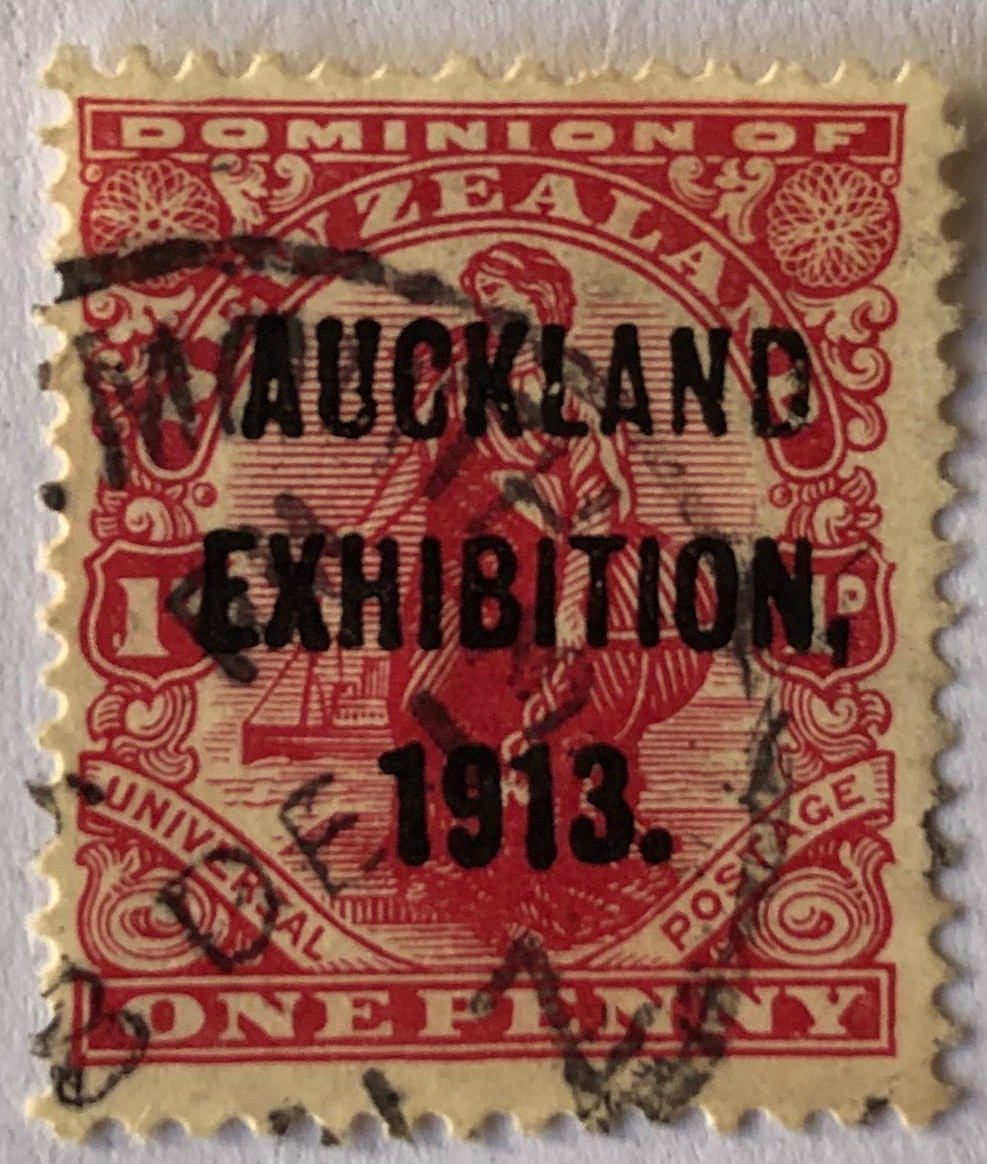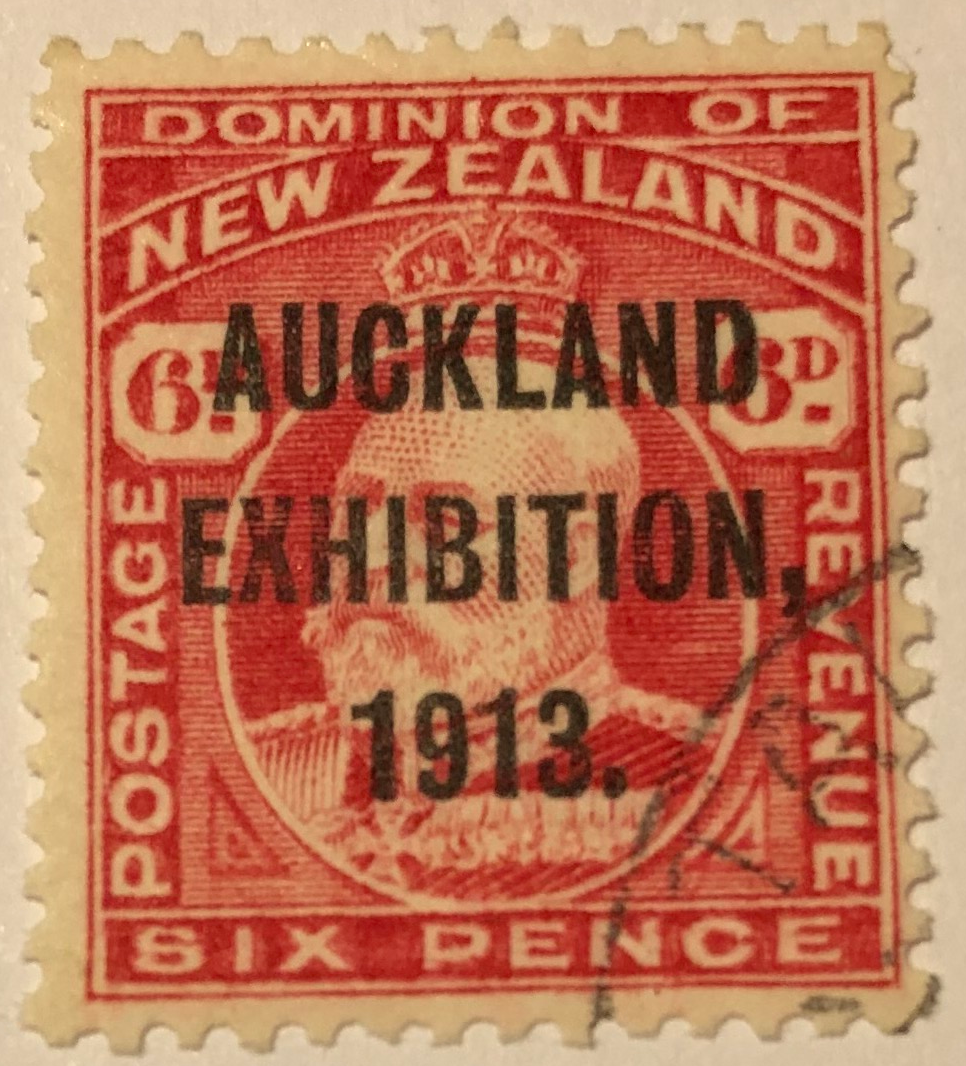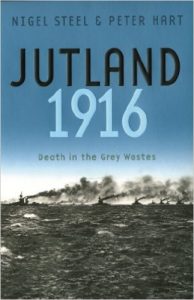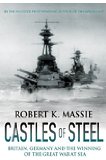Well, this was one messy affair.
Below are just my opinions, thoughts and feelings about the Battle of Jutland. My sources are mainly a few books and some YouTube videos. I’m not trying to be an expert or anything like that.
I’ve read the Battle of Jutland and a couple of other books on this topic about 20 times and each time I read any of them I can’t stop imagining how it would feel being stuck in one of those huge iron ships during the battle. The idea of sitting in a steel tub in the middle of a vast ocean with projectiles the weight of cars falling all around sickens me. Each projectile could easily turn many a man into atoms, yet that was not the only way to die at Jutland. There were the flash fires spread by igniting cordite. There was drowning when a ship toppled over and one could not open the air tight doors to escape and of course there was options of freezing to death in the cold North Atlantic waters after surviving the sinking of a ship.
These are my points of view.
Battle Plans
From the British point of view the Admiralty had had a fundamental flaw in their battle orders where a captain was expected to favor the safer option. However, this tactic went on to produce a result where the Royal Navy controlled the seas. The safety-first orders decreed that if given a chance to knock out an opposition ship the captain would be judged not by the fact that he was able to neutralize an enemy vessel but by ensuring he and his ship survived. The German plans on the other hand had been to not engage in a fleet vs fleet action, but rather isolate a smaller part of the large British fleet and destroy it. The German Navy was the aggressor as it had a point to prove.
For my part, I just can’t see how a few Admirals could control a large scale engagement. Both sides didn’t want to face each other in full force, yet this is essentially what happened.
Communication
For me, this was the most crucial part of the whole engagement. It stated at Doggers bank and lessons about the challenge of naval communications were not learnt. The Germans did learn a lot about compartmentalization though. These days communication is taken for granted. Those days (mind you this was less than 100 years ago) flags were still used. A flag indicating an order would be hoisted and the instant it was taken down this was the sign to execute the order. People had to identify flags from a distance and shout out when they were hoisted down. They had to see through varying light conditions, mists, funnel smoke and the distance. All of this plus many ships maneuvering at speed.
An error in communication could have spelled disaster at any point. Although I don’t think that communication alone caused a major disaster for either fleet it was certainly responsible for many smaller disasters be it for the battle cruisers or destroyers. Communication was probably the one factor that prevented brave destroyers going in for massed torpedo attack versus capital ships in a line formation. There are many records of destroyers firing torpedoes and even a few hits being recorded, but leadership on both sides realized that a massed destroyer attack in battle conditions with little to no communication would have a little chance in materializing into something that could cause the enemy serious harm. On the contrary it seems that whenever the destroyers or torpedo boats went in they would end up fighting their opposites in a messy engagement where each ship was on her won.
Aim and scoring hits
At Jutland the percentage of hits obtained per round fired was abysmal. Shooting from a moving platform at a not clearly visible and moving target, at range – to me a single hit obtained is a stroke of luck. This is how the biggest modern-time naval engagement was fought. The British strategy was oriented towards bringing all large ships into range and then engage in a artillery duel with the enemy. The German strategy was different. They wanted to get closer and increase their chances of scoring hits. In order for the German ships not to get blown out of the water by getting in range of the large British ships, they were built with more armor and employed superior damage control systems – extra compartments and air-tight access to storage rooms.
The German ships were generally sporting guns of a smaller caliber compared to their counterparts.
During the varying destroyer battles it seems that all aim was down to the gun control because there would be so many ships moving at high speed. It would have been impossible to tell where each shot went. The destroyers were also the one responsible for launching torpedoes and that would have been another challenge in it self. There is an example of a German torpedo boat being hit by a torpedo launch by a British destroyer, but three different destroyers claimed the kill.
Visibility
Spotters on both sides complained how difficult it was to spot the fall of shot over such a distance and with so many ships shooting. Under certain conditions such as looking east into the night sky, the light conditions didn’t help. Both sides involved had a very different system for aiming. The German system was more complex then the British, but both systems depended on visibility being good enough to actually see the target in order to calculate its speed, direction and distance. The visibility also played havoc with the flag system still used. People responsible for reading the flags would have had a very difficult job in reading a flag from a distance of 5 miles from a moving platform in windy conditions..
Medical
Thousands of sailors died during the battle in varying ways. Some quickly from explosions while others slowly from sever burns. A doctor on one of the ships spoke about how he has never seen the kind of burns the sailors were suffering from when cordite charges blew up in their vicinity. Most ships’ medical cabinet would not have much more medication other than penicillin, disinfectant and bandages. Injuries would have been horrific with metal which is hot and sharp ripping flash apart. Intense heat from from fires, explosions and cordite all producing toxic smoke. I assume that one of the lessons learned from Jutland was fireproofing ships and for the crew to be equipped with fire retardant material. Although cordite is no longer used, modern ships can get hit by missiles and bombs (like in the Falkland Islands campaign) which would still inflict heinous injuries upon the crew of a stricken ship.
Processes
Naval historians are pretty sure (documentary on Youtube) that the demise of some of the British battle cruisers was down to the sailors cuttings corners in order to speed up the process of loading the guns. Hatches being left open and cordite charges being piled up in areas susceptible to flash fires accounted for a number of ships. This was proven belong reasonable doubt by the accounts of witnesses and decades later but the submersible that dived on the wrecks.
What a sad way for a ship to go – flash fire which travels down to the magazines and causing a devastating explosion. None of the German ships had that happen to them, yet the British battle cruiser fleet suffered three loses put down to flash fires. Almost four if you count the close all aboard the Lion. Historians say that the British sailors were training to essentially race each other in who could launch more projectiles quicker. Hence, any process governing such activity would be heavily optimized by the gun crews. The Germans on the other hand were said to be more stricter in following the procedures for handling charges and loading the guns. They also had more preventative measures in place to prevent a flash fires getting into the sensitive parts of the ship – the magazines being the most sensitive. They learned that for the battle of Doggers bank where they had some problems will shells getting into the inner parts of the ships. Based on that experience they put in place procedures and hardware to prevent flash fires from being catastrophic events for a ship. The British didn’t have this experience and their way of thought of more projectiles per minutes the bigger the chance of scoring a hit – thus neutralizing the enemy.
Looking back at the problem of flash fires I can’t quite understand where in the design, construction or operation phases was the threat of flash fires ever bought up, addressed and then dismissed. Therefore I’ve come to the conclusion that it was only taken seriously post-Jutland. This is my list of factors which could have contributed to the ignorance of flash fires prior to Jutland.
- cost – battle ships were extremely expensive
- extra hardware – as in extra weight and hardware in an already tight areas.
- the thought of having even more people per turret to help load the guns
- more things to go wrong such as an ammunition lift failing.
- faith in the the armor to keep projectiles out.
Fuel
The Jutland-era ships ran mainly on coal. Coal was burned to heat water to steam which would then be used to drive the propeller. Some ships had oil burners, but they were still in their infancy. Depending on the size, a ship would have enough coal for just a few days of heavy usage such as going at full speed, maneuvering etc. While cruising less coal was needed. Coaling would be performed by the crew and was generally seen as a heavy task as the coal was packed in pages and had to be carried by hand to the hold. This process would take hours. At Jutland there were no coal supply ships in the rear, so all fighting ships had to be wary their usage. The by product of coal, amongst other things, is black smoke. The fighting ships were not concerned with what came out of their chimneys as long as it was fast. The smoke produced by lots of ships burning coal at full capacity caused visibility problems during the numerous engagements.




